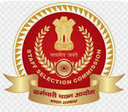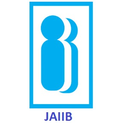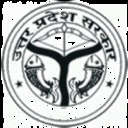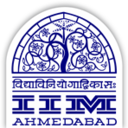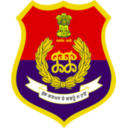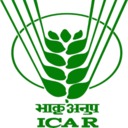Option b: In sentence (b), the verb 'occur' is not agreeing with the tense of the sentence. The sentence is in Simple Past tense (evident by the verb 'lost') so the corresponding verb should also be in Past tense. Instead of 'occur', 'occurred' if used will make the sentence error free.
Option c: In sentence (c), error is in subject verb agreement. The subject in the sentence is 'spinach and green leafy vegetables'. It is a plural subject so the corresponding verb should also be plural. Instead of 'is rich', 'are rich' if used makes the sentence error free.
Option d: In sentence (d), the error is in the use of the preposition 'in'. 'In' can be used in cases of 'expressing the situation of something that is or appears to be enclosed or surrounded by something else' which makes it contextually incorrect here. Instead, the preposition 'on' can be used to define an action 'supported by (a part of the body)'.
Option a: The sentence is contextually and grammatically correct.
Hence, the correct answer is option (a).
Note:
Subject-Verb Agreement: Matching up singular or plural subjects with singular or plural forms of a verb is part of the process called agreement. This can be understood better by the examples given: - "She likes cooking." [singular subject and verb] -- "They like to cook vegetables." [plural subject and verb]
A Preposition is a word placed before a noun or a pronoun or a noun equivalent (pronoun, adverb, gerund, infinitive, adverbial clause, or any clause that can be used as the object of the preposition) and shows a relationship in space or time or a logical relationship between two or more people, places, or things in a sentence.
Examples
1) The teacher scolded the child for being late.
2) We're going to a party.
· The words in bold are called prepositions because they normally take position before (pre) a noun/pronoun or a noun equivalent (pronoun, adverb, gerund, infinitive, adverbial clause, or any clause that can be used as the object of the preposition.
· The noun/pronoun which is used with a preposition is called its Object.
 Study Notes
Study Notes Mock Tests
Mock Tests Previous Year Papers
Previous Year Papers Category
Category



























